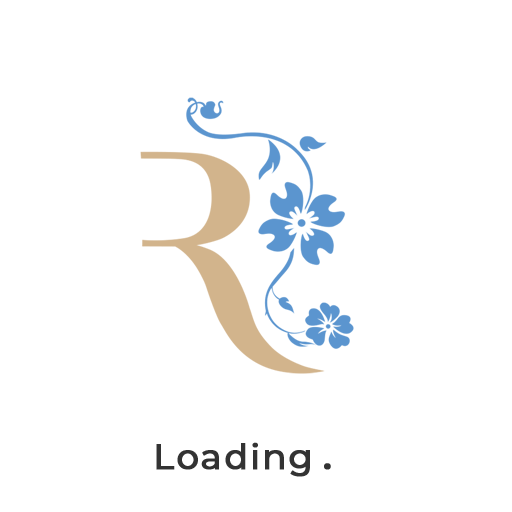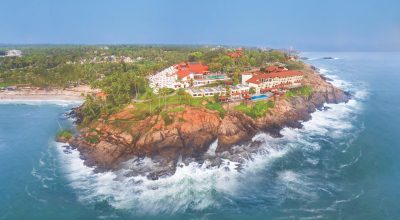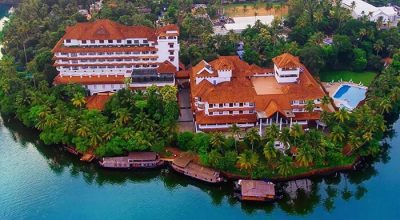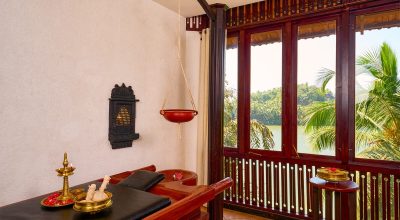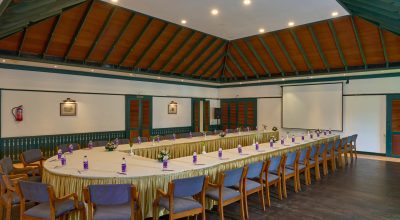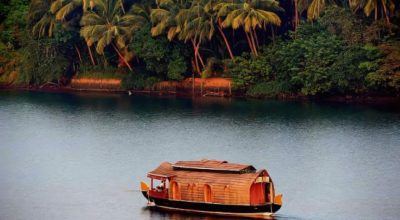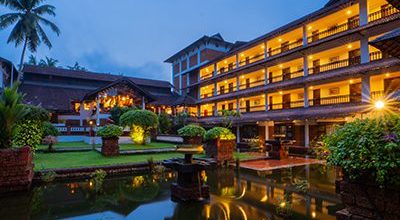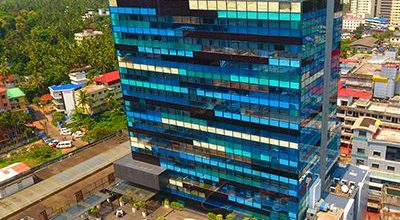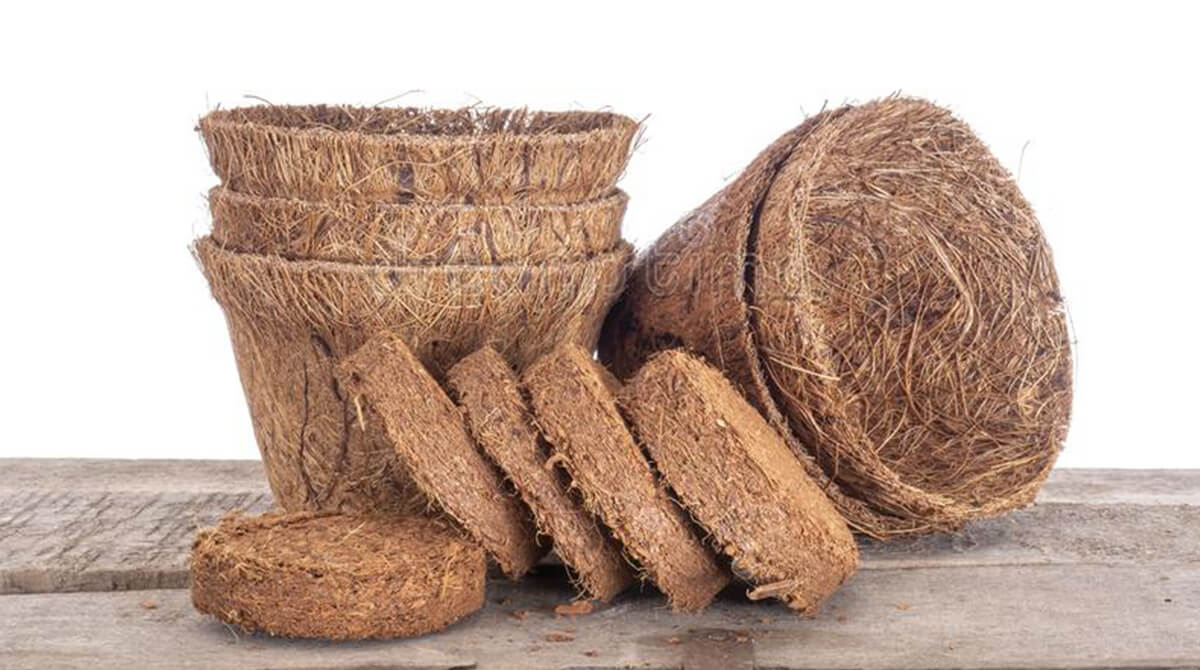Often referred to as the ‘Spice Garden of India? Kerala is rich in natural resources that have long attracted visitors from across the seas. It’s even believed that it was in the present–day Kollam that seafarers first set foot on Indian soil. There is a popular Malayali saying that ‘The Gods who made Kerala must have had a green thumb?as the state is blessed abundantly with a beautiful topography comprising of palm-lined beaches, plantation-covered hills, lush jungles and serene lakes and rivers. This state is a major source of India’s bananas, cardamoms, ginger, cashews, rubber, and of course, the coconuts!
Kerala is one of the cleanest and most peaceful parts of India and The National Geographic Traveler has declared Kerala as India’s most verdant state and on the list of the world’s ‘must see?50 destinations.
Clear blue skies, sparkling seas, serene backwaters, lush vegetation and the majestic palms, swaying in a perennial dance with nature. Kollam is a land peppered by ancient temples, historical churches and mosques and an amazing flora and fauna population, paired up with a burgeoning hospitality industry. A land that has captured the fancy of travelers from both within and outside India. The five star Raviz hotel is located on the banks of this lake and makes for a scenic stay during a visit to Kollam. Located in Kollam district, the Ashtamudi Lake, which occupies 30% of its land area, is a network of backwater channels that are famous for their panoramic views and houseboat cruises. The city of Kollam slumbers on the banks of the lakes and was once an important destination for spice trade. Links with Persia in the 9nth century, Chinese in 1275 AD, and the Portuguese in 1502 AD, followed by the Dutch and the British in 1795 AD, are parts of this city’s recorded history.
With Kollam city being the entry point to the lake, it can be accessed by rail, road as well as air. The Trivandrum International Airport is a mere 70km drive away on scenic highways that give glimpses of the local life as you flash by. The National Highway 47 links Kollam to the parts of the state and the railway network connects Kollam to the rest of the country.
Backwater tourism is the highlight of activity associated with the Ashtamudi Lake and the lake and its peaceful shores have inspired many an artist and poet to capture its beauty. The smoothly gliding house boats make for a very precious memory to take back home with you. This lake is also the source of livelihood for the people living in and around its banks. Fishing, spice, and cashew trade, as well as coir manufacturing, are some of the main forms of commerce in this region.
When in Ashtamudi, acquaint yourself with the conventional and eco-friendly coir production industry and all the processing it entails. It would surprise you to learn that almost every part of the coconut tree is utilized by the indigenes in their daily living. The huge dry sepals of the coconut flower are used as fuel for cooking along with the coconut shell and its dry leaves. The fresh flowers themselves are used as symbols of prosperity during traditional festivities. The coconut water is used as a rehydrating drink and the flesh for eating. The tree trunk is also not wasted and is used in construction. With all these multitudes of uses, this tree is a true symbol of Kerala!
The coconut husk is retted in the lake waters and used by the women in coir weaving, which is a major occupation here for them. Retting basically means allowing the fibers to get separated naturally from the cellular tissues; this involves submerging them in water and allowing the microbes to do their job of rotting away the unwanted tissue. As of 2007, an evaluation of the marketed benefits of the Ashtamudi estuary for coconut husk retting stood at Rs.5.1 million. Not bad for something that is just thrown away in many other places!
It’s amazing to watch the women’s deft fingers fly as they weave ropes and mats, baskets, wall hangings as well as various other exotic things with these coconut fibers. These products are in high demand in almost all the international markets. A visit to Ashtamudi will help you learn the history behind each product and maybe, if you ask nicely, convince the weaver to make something a little extra special, especially customized for you only!
